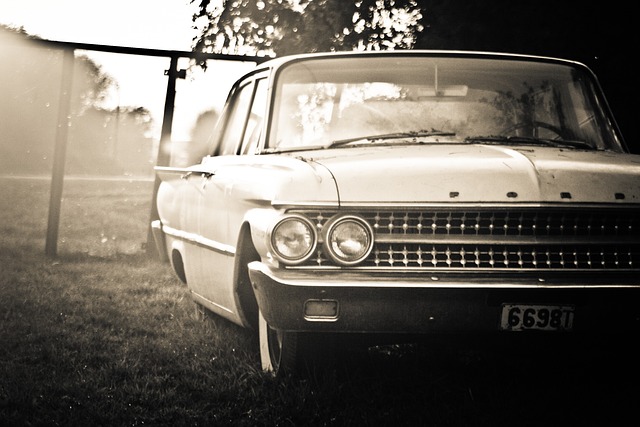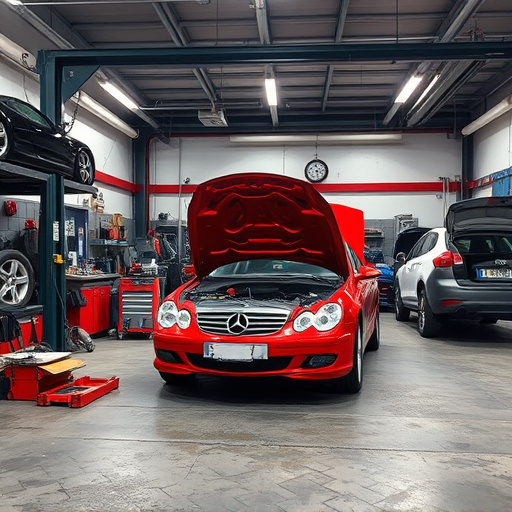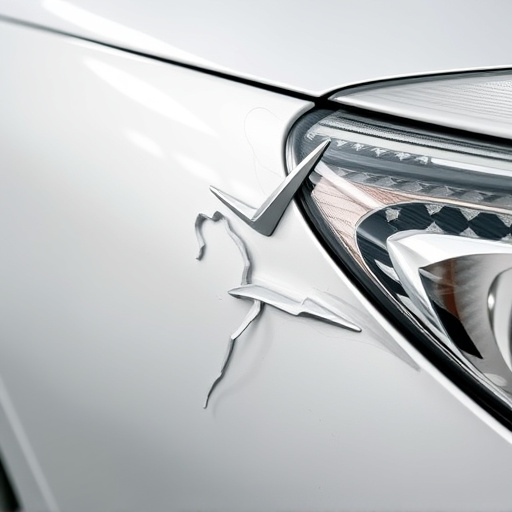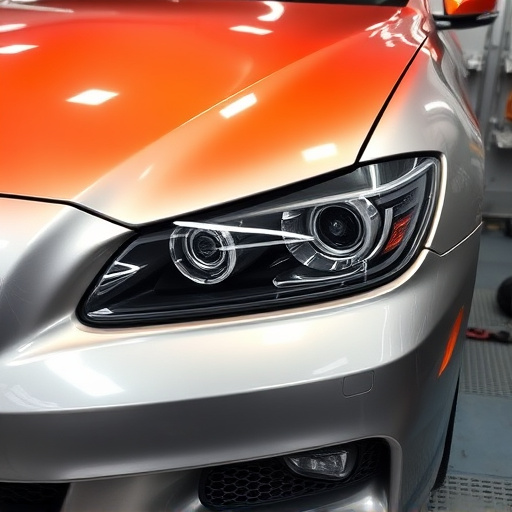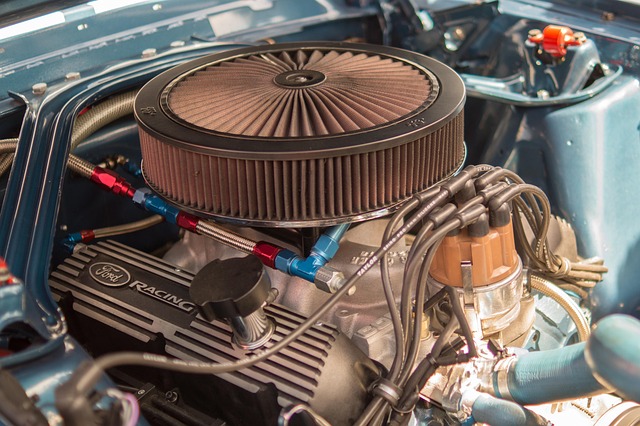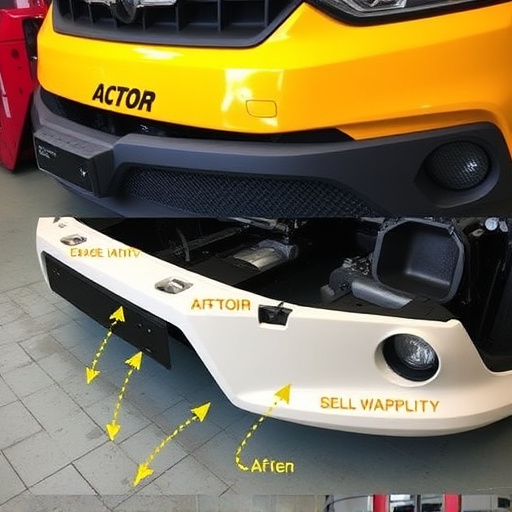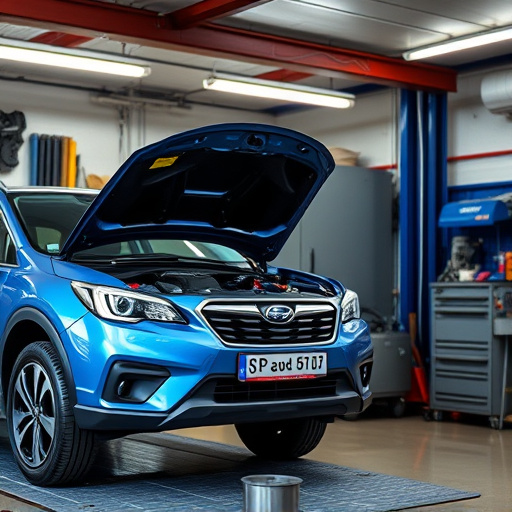Precise Mercedes gap measurement is vital for luxury vehicle quality and safety. Gaps between components like hood and fender or doors impact fitment, alignment, and structural integrity. Advanced tools such as digital calipers and laser measurement devices ensure accurate results for bodywork repairs, enhancing aesthetics and vehicle longevity. Door gaps influence performance and design, making precise measurement crucial for collision repair and overall safety.
Mercedes owners often marvel at their cars’ sleek, refined design—but did you know that a crucial element of this aesthetics is the precise Mercedes gap measurement? From hood-to-fender gaps to door openings, each is meticulously calculated. This article delves into the Mercedes gap measurement definition and highlights why it matters. We explore practical techniques for hood-to-fender measurements and analyze the impact of door gaps on vehicle aerodynamics and design.
- Mercedes Gap Definition and Importance
- Hood-to-Fender Gap Measurement Techniques
- Door Gaps: Impact on Vehicle Aerodynamics and Design
Mercedes Gap Definition and Importance

In the automotive industry, understanding precise measurements is paramount for maintaining quality and safety standards, especially when it comes to Mercedes gap measurement. “Gap” here refers to the small spaces between various components of a vehicle, such as the distance between the hood and fender or the gaps around doors. These seemingly minor details play a significant role in ensuring proper fitment, alignment, and overall structural integrity. Accurate measurements are crucial for both original equipment manufacturers (OEMs) and vehicle repair services to guarantee that every Mercedes rolls off the assembly line or leaves a collision repair shop with flawless aesthetics and functionality.
For Mercedes owners looking for top-notch vehicle repair near them, paying attention to these gaps is essential. It ensures that replacement parts fit seamlessly, preventing any unsightly gaps or misalignments. Proper gap measurement practices not only enhance the overall appearance of the vehicle but also contribute to its longevity by minimizing potential issues caused by poor fitting components. This precision is a key factor in the success of any auto repair near your location.
Hood-to-Fender Gap Measurement Techniques

Measuring the hood-to-fender gap is a crucial aspect of Mercedes gap measurement and ensuring precise alignment during car bodywork or fleet repair services. There are several techniques to achieve accurate results. One common method involves using a digital caliper, which allows for detailed measurements at various points along the hood and fender. Technicians can take multiple readings and identify any discrepancies that may indicate misalignment issues in the vehicle’s body structure.
Another effective technique is utilizing laser measurement tools, offering non-contact, high-precision gap analysis. This method is especially beneficial for complex or hard-to-reach areas, providing fast and accurate data. With these advanced tools, car repair specialists can efficiently navigate the intricate details of Mercedes models, guaranteeing that every component—from the hood to doors—is aligned perfectly during any car body repair process.
Door Gaps: Impact on Vehicle Aerodynamics and Design

Door gaps play a significant role in Mercedes gap measurement, impacting both vehicle aerodynamics and design. In automotive engineering, the precise alignment of doors is crucial for optimal airflow around the vehicle. Even minor misalignments can disrupt the airflow, leading to increased drag and reduced fuel efficiency. For luxury vehicles like Mercedes, where aesthetics meet performance, maintaining the correct door gaps ensures not only a sleek exterior but also enhances overall driving dynamics.
Moreover, proper door gap measurement is vital for preventing issues related to vehicle collision repair. In the event of an accident, misaligned doors can complicate repairs, particularly when it comes to auto glass repair and replacement. A well-maintained Mercedes, with accurate door gaps, allows for smoother collision repair processes at any reputable collision repair shop. This ensures that the vehicle not only looks as good as new but also performs efficiently on the road.
In conclusion, understanding and accurately measuring the Mercedes gap measurement, encompassing both hood-to-fender and door gaps, is crucial for maintaining optimal vehicle aesthetics and performance. By adhering to precise techniques, car manufacturers ensure seamless design elements, enhanced aerodynamics, and a visually appealing finish that defines the luxury automotive standard. This attention to detail contributes to the overall quality and uniqueness of Mercedes vehicles.

